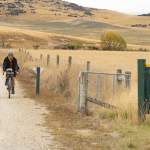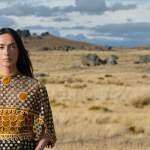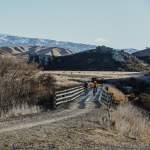
Restoring Native Habitats on the Clutha Gold Trail
words and images by Geoff Marks, with special thanks to Te Nukuroa o Matamata for their support and input
An exciting project on the Clutha Gold Trail extension called Te Nukuroa o Matamata has the vision of restoring flourishing and connected ecosystems in the Waihora / Waihola and Waipōuri wetlands to support healthy native biodiversity, mahinga kai, and thriving communities.
A brand new 63km extension to the Clutha Gold Trail from Lawrence to Waihola opened in August 2023. This new section of cycle trail will be an integral part of a network which will ultimately connect Queenstown all the way to Dunedin.
One of the highlights for walkers or cyclists riding this new section of the Clutha Gold Trail - and one of most challenging to build - is an extensive boardwalk around the spectacular wetlands of Lake Waihola, 15km north of Milton on the East Coast of the South Island.
Lake Waihola is a 9km² freshwater lake and the largest of two lakes in the area, the other being Lake Waipōuri. Both lakes are very shallow and surrounded by wetlands, including the protected Sinclair Wetlands Te Nohoaka o Tukiauau - which is nationally and internationally recognised as a critical refuge for many threatened and endangered species of plant, fish and bird.
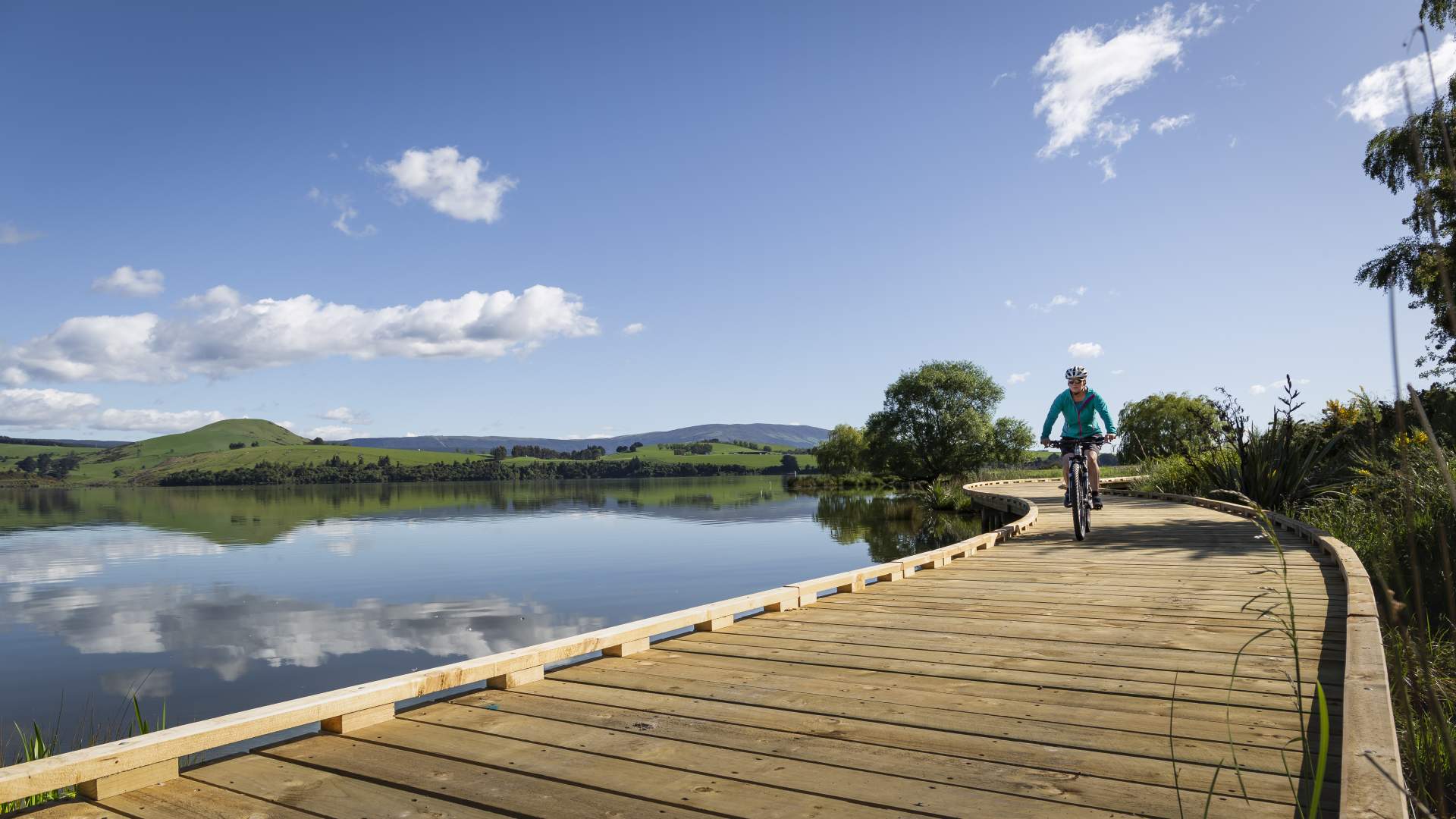
The new boardwalk section of the Clutha Gold Trail around Lake Waihola, near Milton.
In local Māori tradition, this area was utilised by Waitaha, Kāti Mamoe and Kāi Tahu over many generations as a significant mahinga kai resource (food gathering place) and is identified as being of utmost cultural importance to local hapū (communities) today.
The name Te Nohoaka o Tukiauau means ‘the dwelling place of Tukiauau’, an early Ngāti Mamoe chief. The wetland area is now managed by Te Rūnanga o Ngāi Tahu and is considered a wāhi taonga (culturally significant site) for food gathering, and for conservation, recreation, and education.
An exciting project called Te Nukuroa o Matamata has the vision of restoring flourishing and connected ecosystems in the Waihora/Waihola and Waipōuri wetlands that supports healthy native biodiversity, mahinga kai, and thriving communities. They are working collaboratively with landowners to restore the health of streams, wetlands, and forest remnants within the lower Taiari. The project is being led by Te Rūnaka o Ōtākou, and as you ride on the boardwalk surrounding Lake Waihola the huge number of native trees and shrubs planted by Te Nukuroa o Matamata is evident.
This riparian planting aims to reverse the negative effects of modern land use which have degraded water quality but also to control the incursion of introduced species which have contributed to biodiversity loss in the wetlands. It’s hoped that this work will improve water quality through the restoration of native vegetation to foster a healthy habitat as well as reduce introduced invasive weeds and animal pests such as rats, stoats, and possums.
Additionally, the project has created training and jobs for a team of people that are focused on biodiversity enhancement and is helping empower kaitiakitaka (guardianship and protection) by reconnecting people to traditional waterways and resources and is creating exciting opportunities for the future.
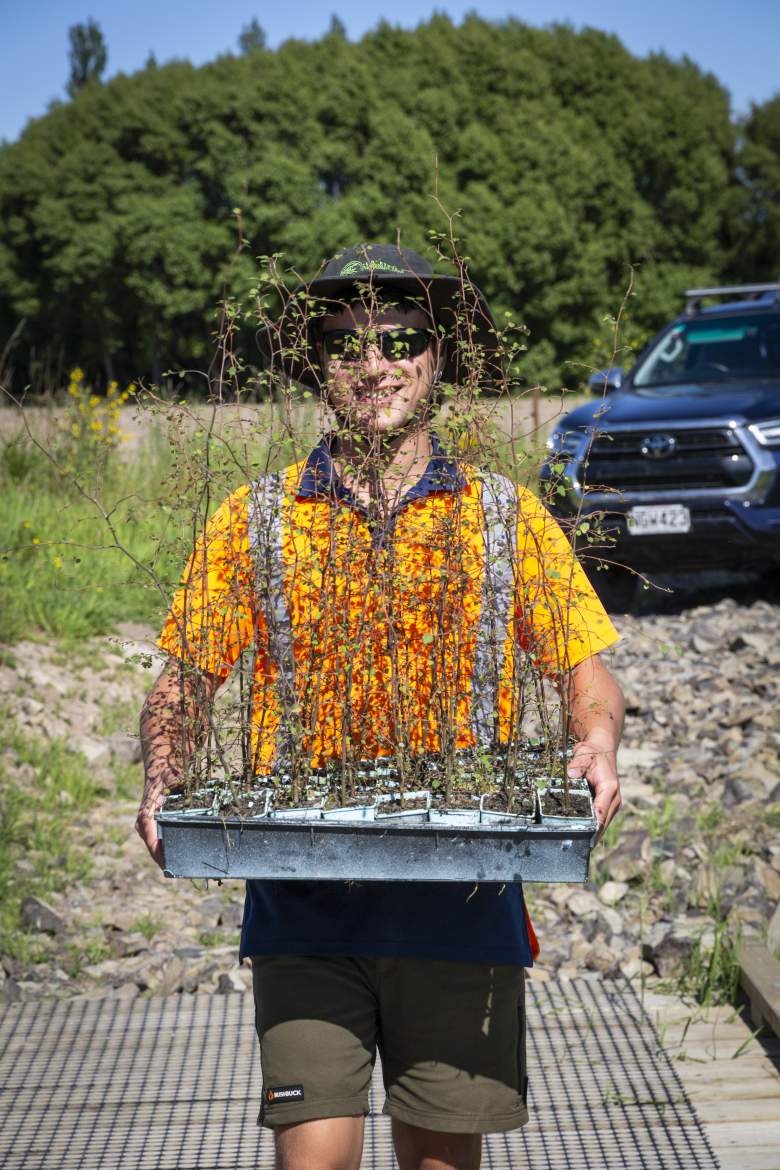
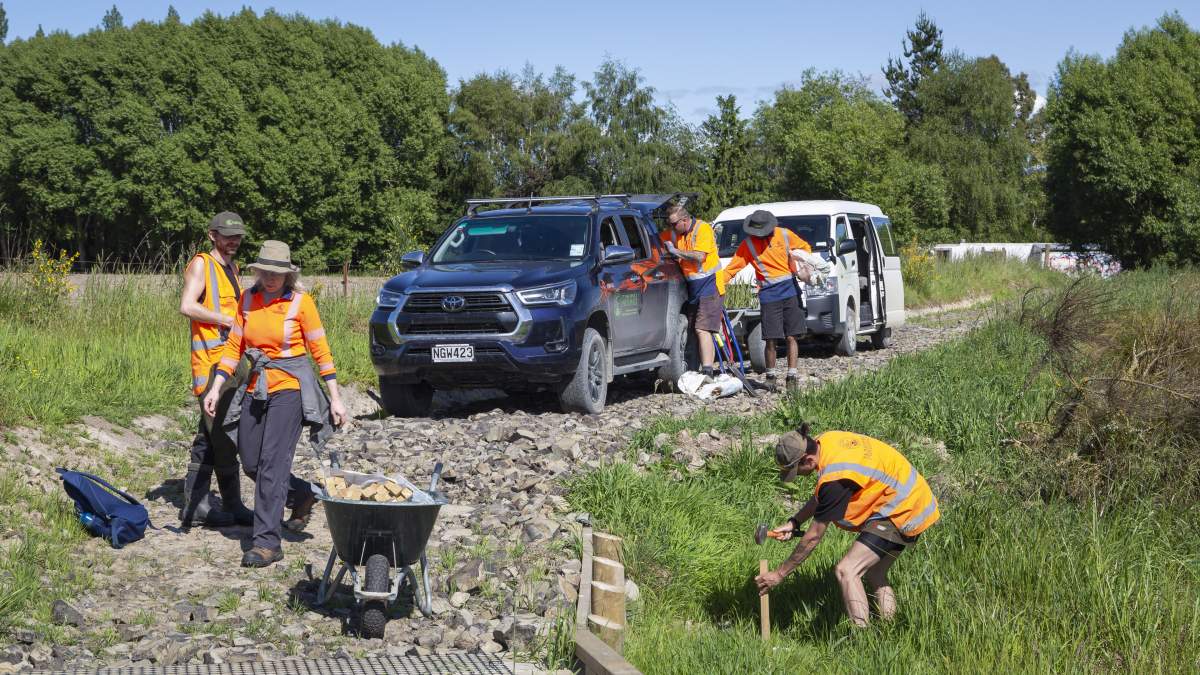
Te Nukuroa o Matamata staff members planting native trees.
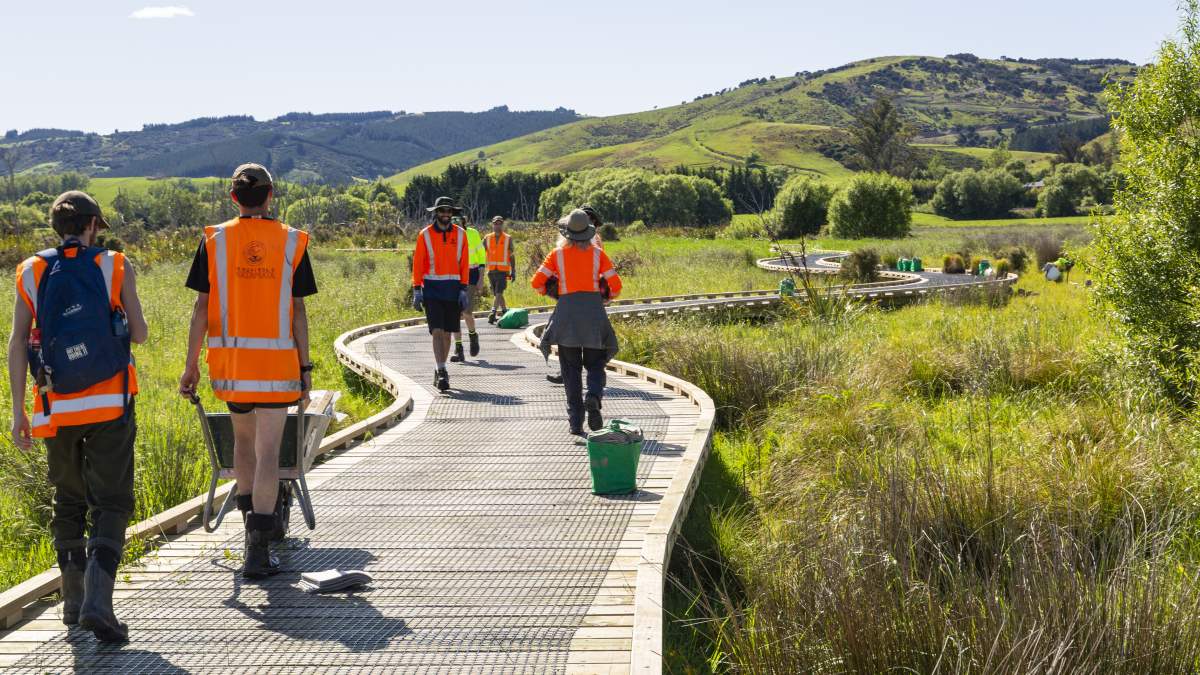
The riparian plantings will help restore native biodiversity.
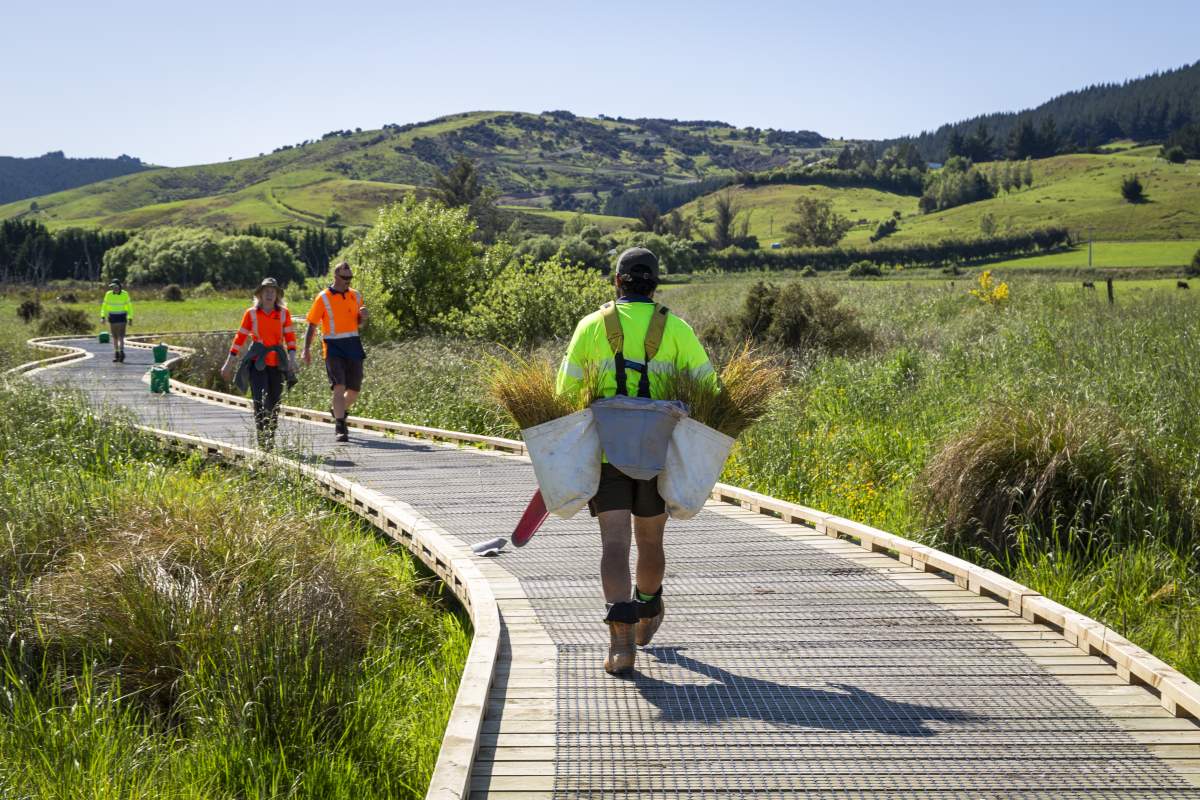
The boardwalk section around Lake Waihola is a highlight of the Clutha Gold Trail extension.
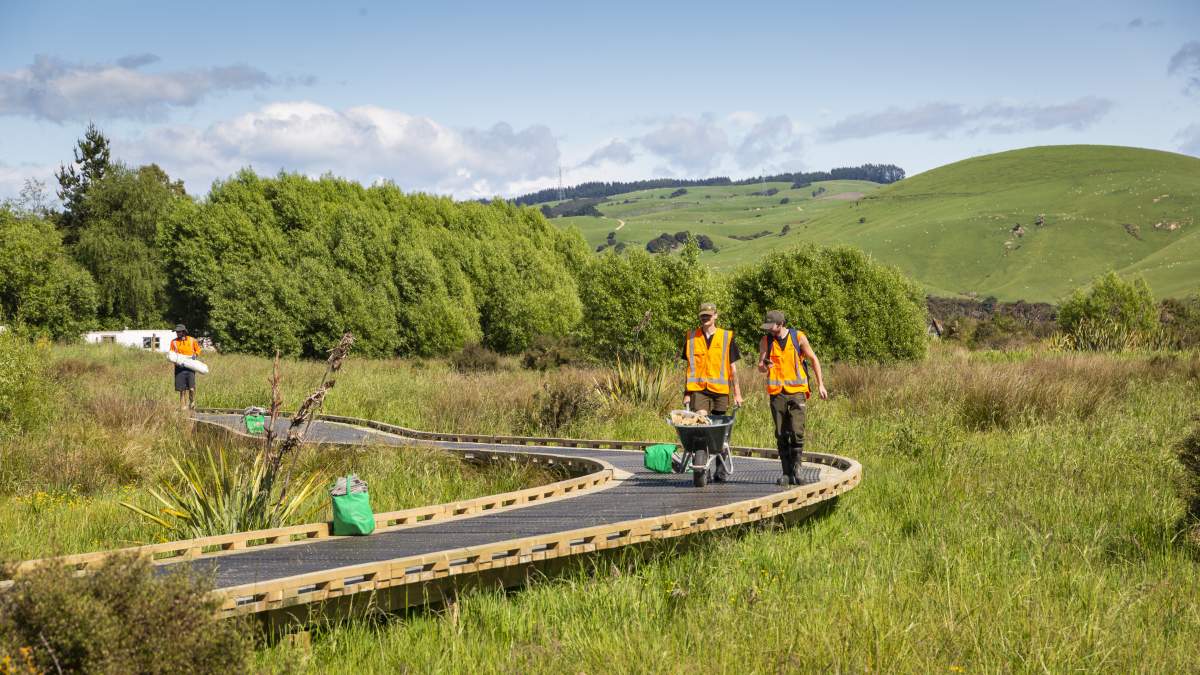

If you have ridden on the Clutha Gold Trail near Waihola and seen the extensive riparian plantings and would like to support this essential mahi (work), you can donate to Trees That Count by clicking the button below.
Thank you!
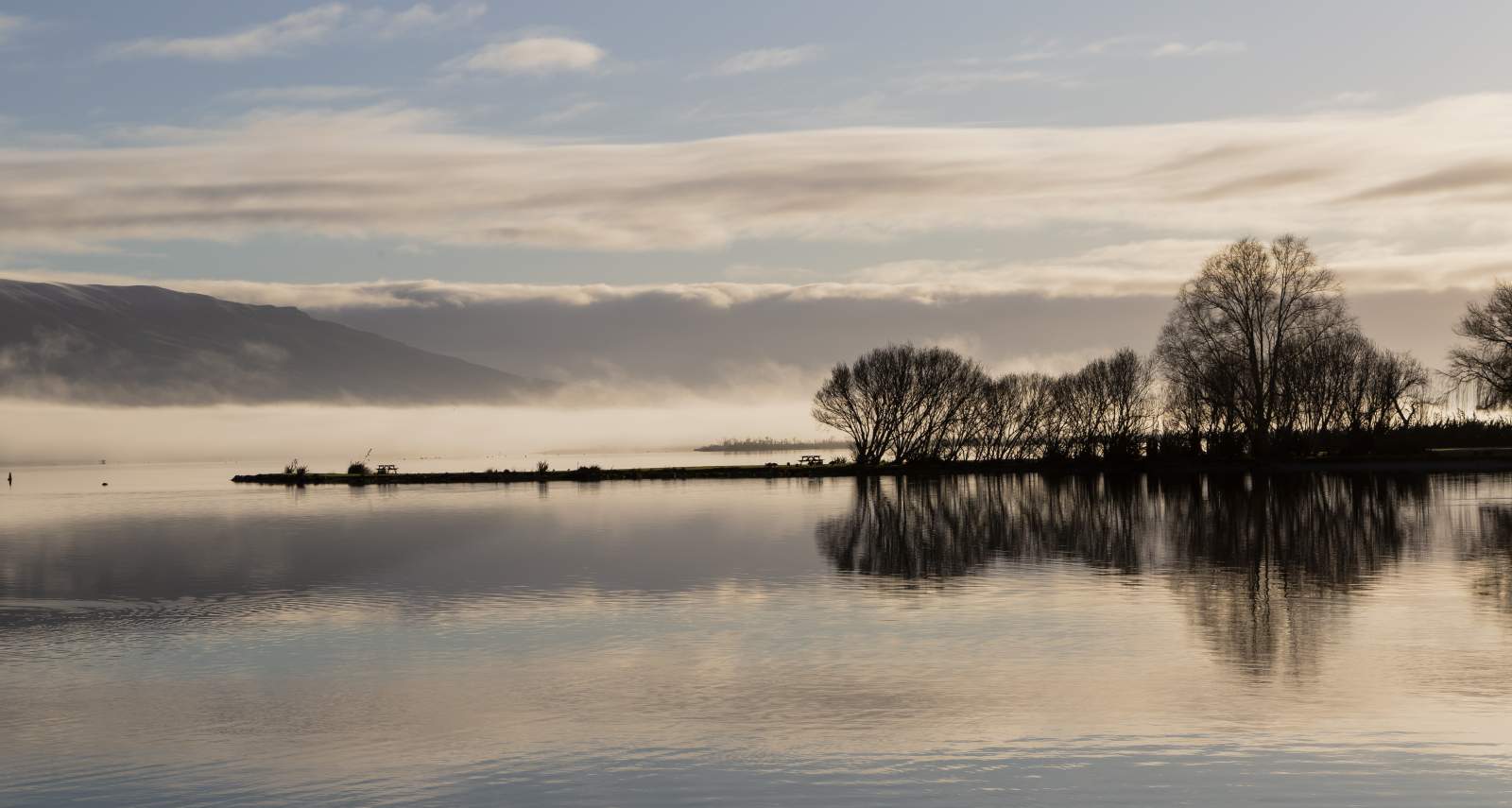
Sunrise at Lake Waihola on a crisp winter morning.
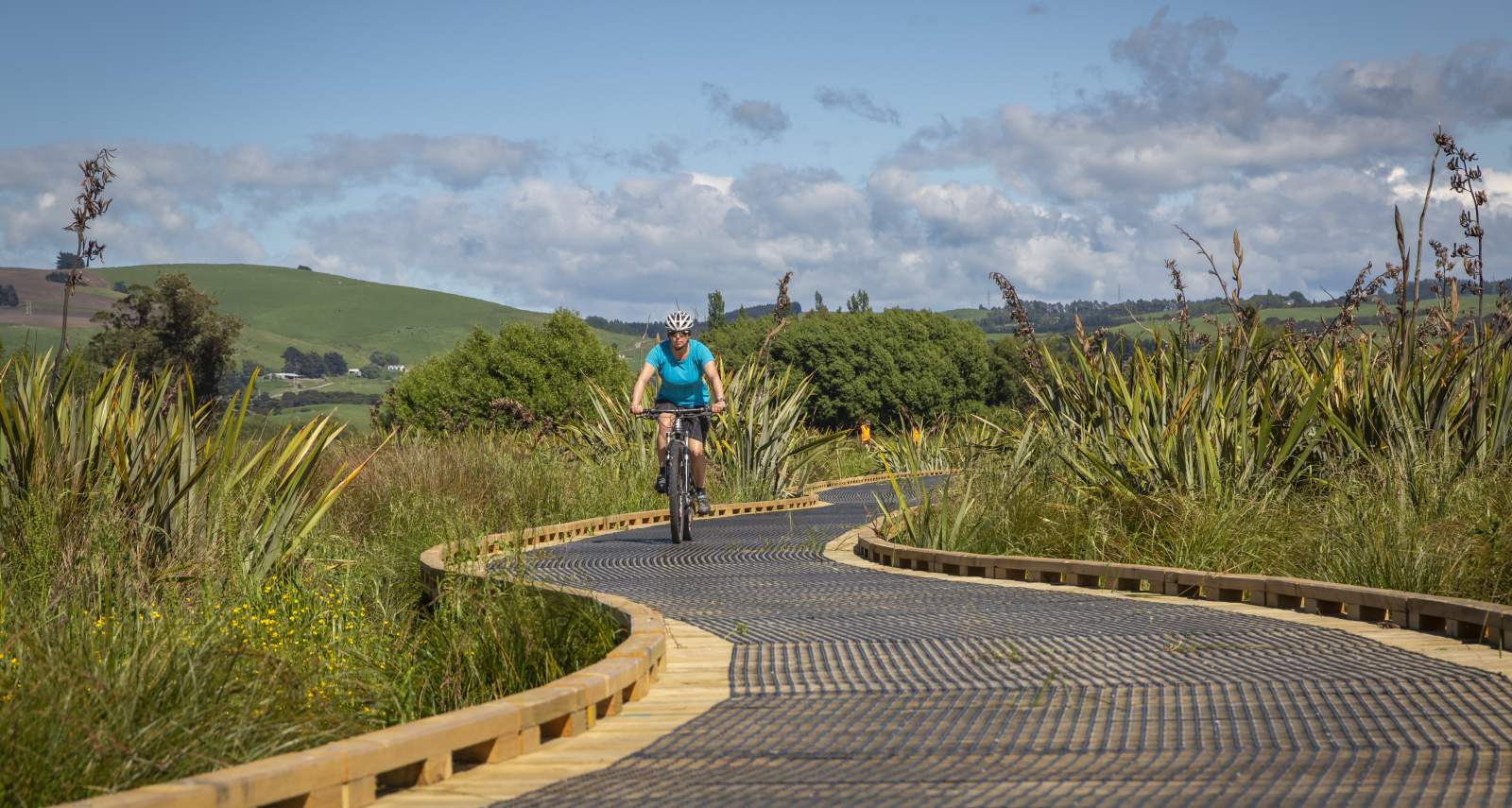
Installing the new boardwalk sections on the trail has been a significant project.
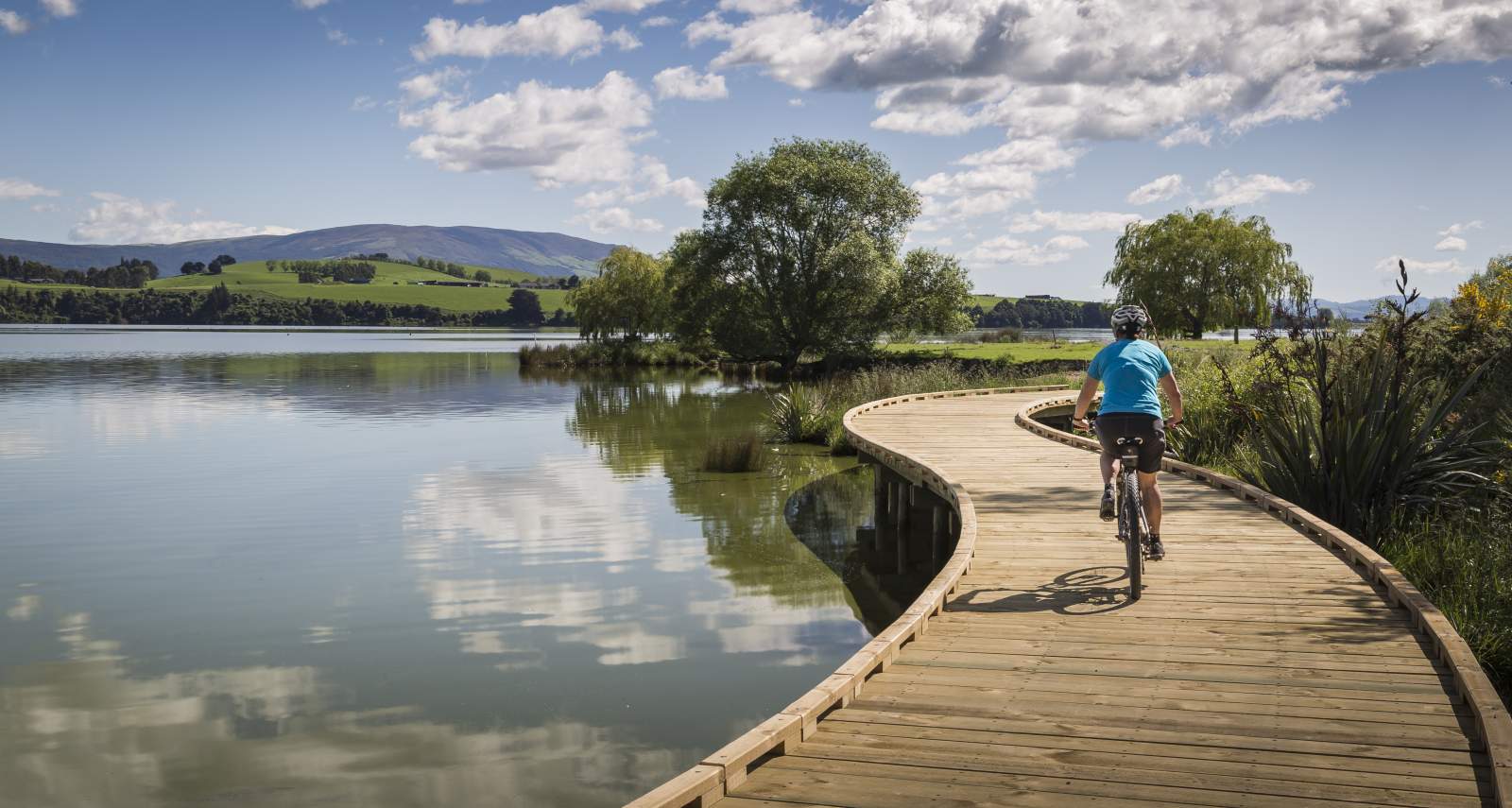
The trail winds its way around Lake Waihola
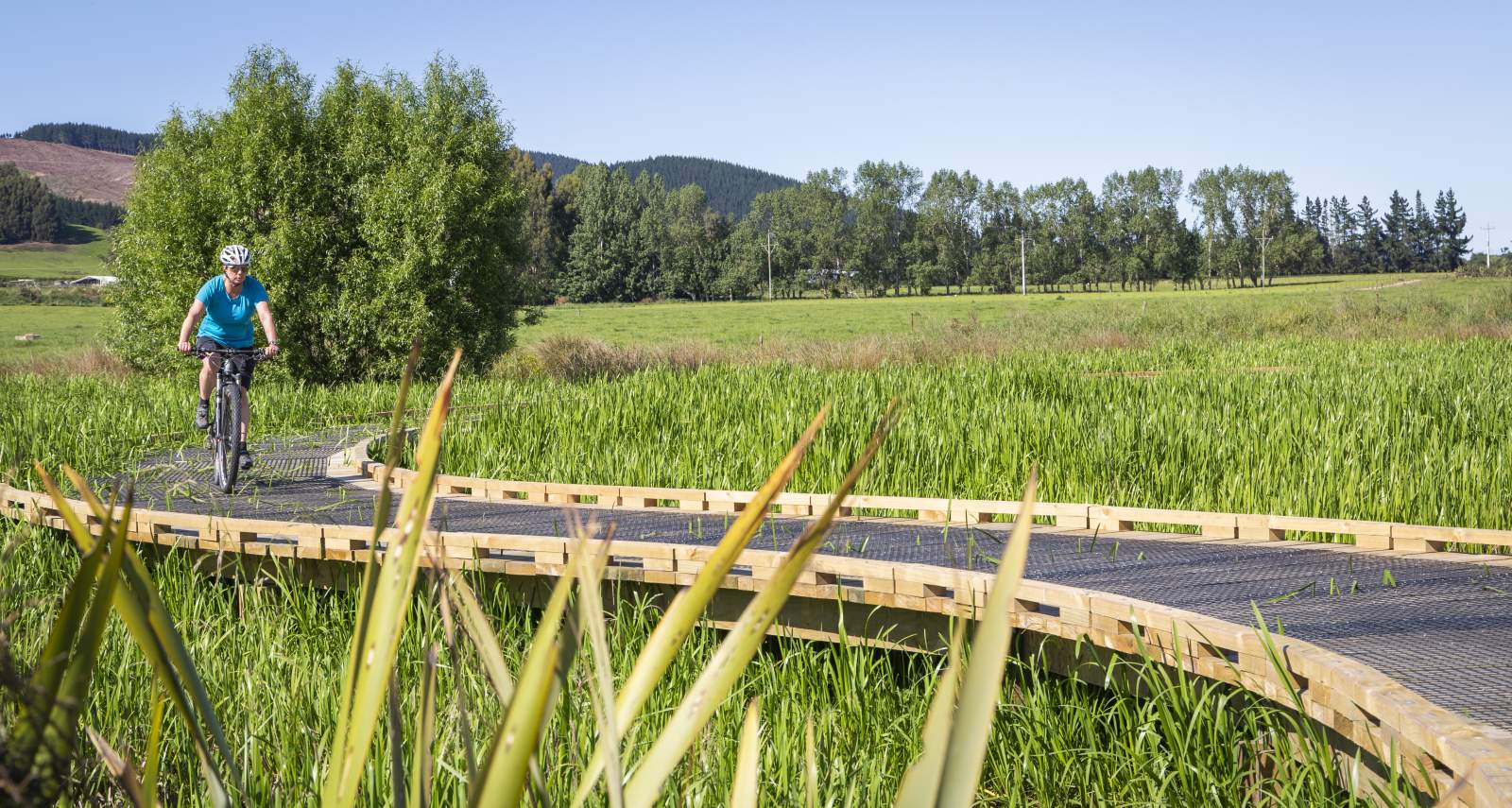
The boardwalk will protect the riparian plantings and wetland ecosystem.
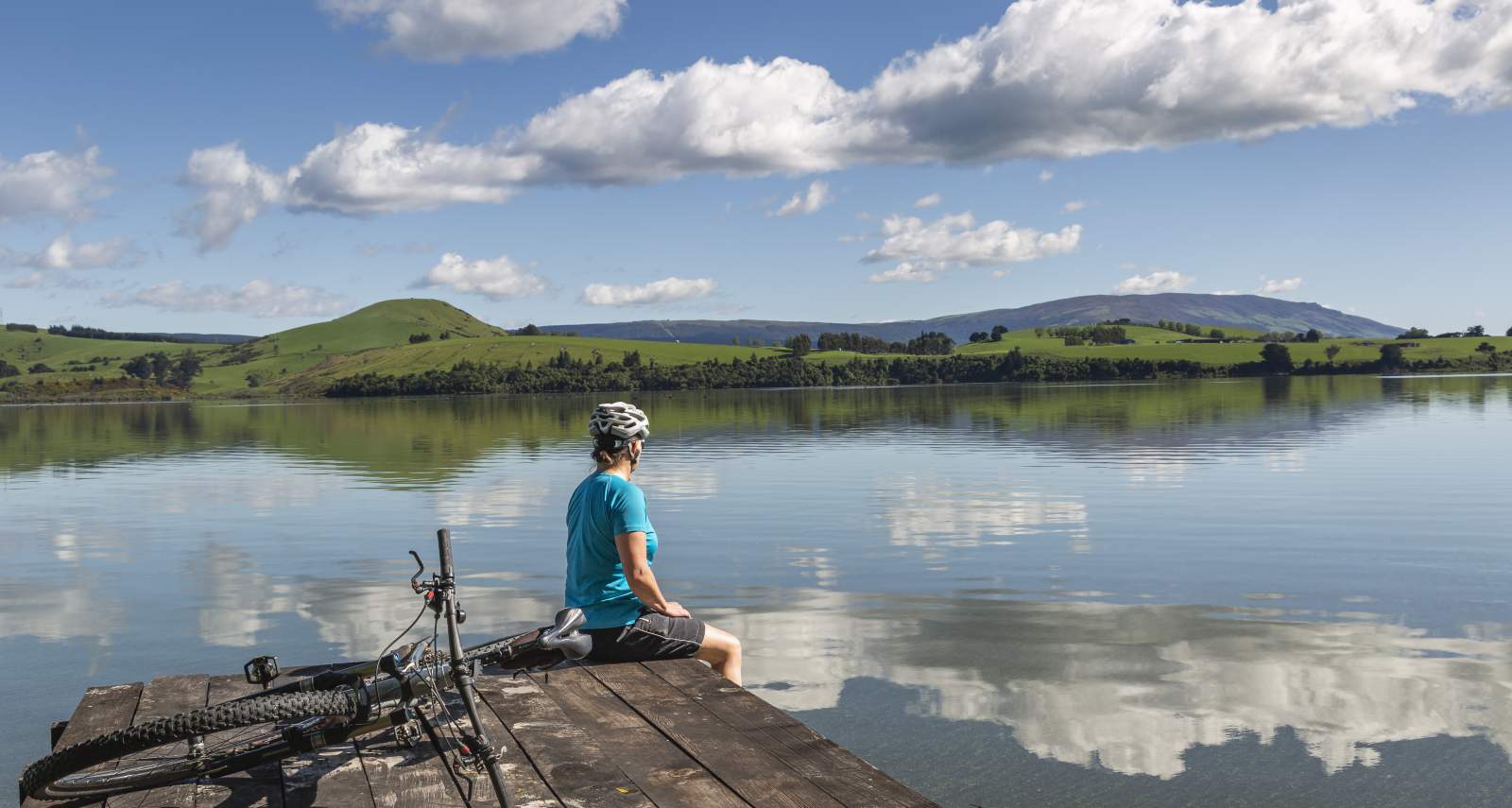
Taking a break from riding the trail, Lake Waihola
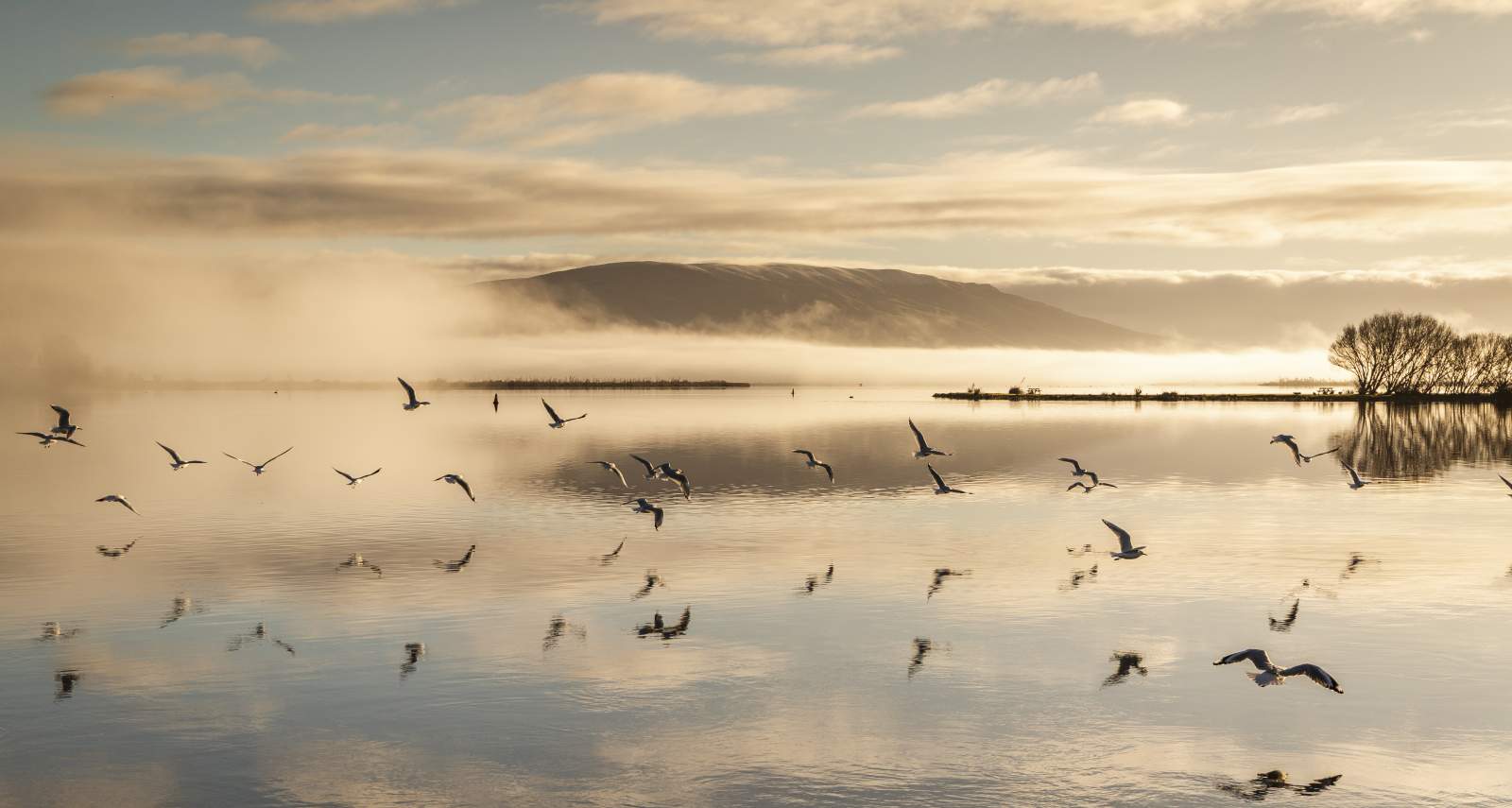
Conservation projects at Lake Waihola will help encourage more birdlife to the wetlands.

Related Stories
-

-

Rail Trail Nightlife
Why stargazing in Naseby is a Rail Trail must do!
Read more about Rail Trail Nightlife -

A Dedicated Farmer of Fashion
A new book and a 2-year exhibition in Dunedin celebrate the life of Eden Hore.
Read more about A Dedicated Farmer of Fashion -

Finding Balance
An inspiring short film about a community connected by bike trails.
Read more about Finding Balance -

One Day Winter Wonders
The best bike rides on the Otago cycle trails in winter.
Read more about One Day Winter Wonders -

11 of the Best Short Walks in Otago
11 of the best short walks in Otago and close to the cycle trails, ranging from 30 minutes up to 3 hours.
Read more about 11 of the Best Short Walks in Otago -

In Pictures Clutha Gold Trail
Photo and video gallery of the Clutha Gold Trail.
Read more about In Pictures Clutha Gold Trail -

The Clutha Gold Trail Expansion
A remarkable 62km extension to the Clutha Gold Trail is nearing completion. This ambitious project will connect the existing network of trails in Central Otago and Clutha, establishing a continuous cycle path all the way to the East Coast.
Read more about The Clutha Gold Trail Expansion










